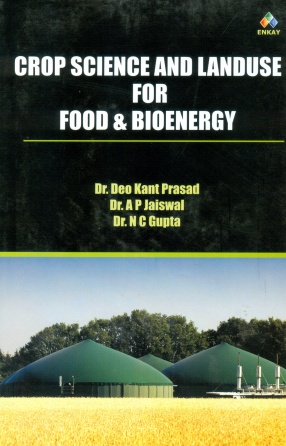
Showing all 5 books
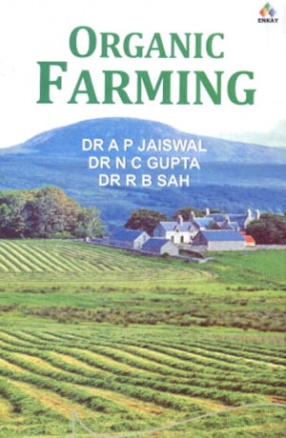
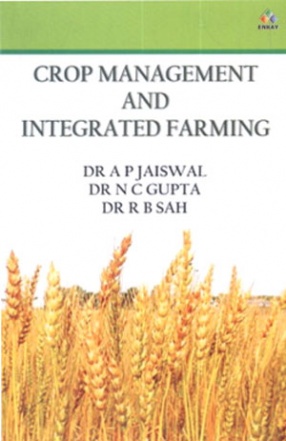

The period since the 2nd World War has been marked by an astonishing increase in crop yields per hectare, a moderate increase in cropped land area, and the net result has been a huge increase in food production. The par capita availability of food is now greater than before, despite the population increase over this period. This success must be given proper recognition. There are still many hundered of millions of undernourised people in the world, but this is ...
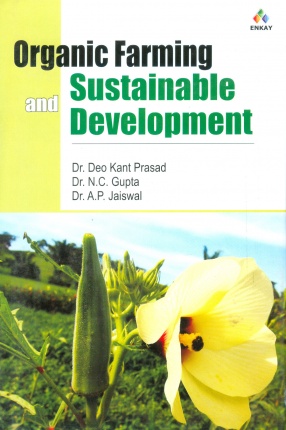
From the very beginning of its existence, human kind has been tackling the problems of food provisions. People's purposeful actions during many generations resulted in the actual formation of the biosphere's new component - agrosphere. according to the definition of academician O.Sozinov, the agrosphere includes all types of agrolandscapes, agrobicenouses, and agroecosystems. Agrosphere is not only the main source of provision of the population with foodstuffs ...
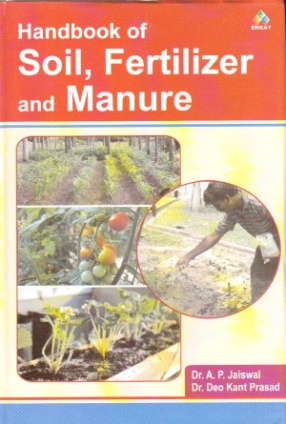
Manure is a good source of plant nutrients and organic matter. Properly managed manure applications recycle nutrients to crops improve soil quality and protect water quality. Manure is highly variable source to source, and growers must be able to understand and reduce that variability to make best agronomic and environmental use of manure. Fertilizing with manure out lines a systematic method to help you manage nutrients from manures. Even with the best methods ...

Organic farming is the process of producing food naturally. This method avoids the use of synthetic chemical fertilizers and genetically modified organisms to influence the growth of crops. The main idea behind organic farming is zero impact on the environment. The motto of the organic farmer is to protect the earth's resources and produce safe, healthy food. Farmers and gardeners plan to grow their crops without the aid of artificial fertilizers and harmful ...

Self-reliance is the main objective of our farming projects, hence they should be oriented towards production. They should not be dependent on outside resources. An integrated approach to farming should include such areas as agriculture, horticulture, floriculture, sericulture, lacculture, apiculture, dairy farming, animal husbandry, irrigation, pisciculture, pest control, the proper use of fertilizers, cottage industries, energy production, research centres and ...
